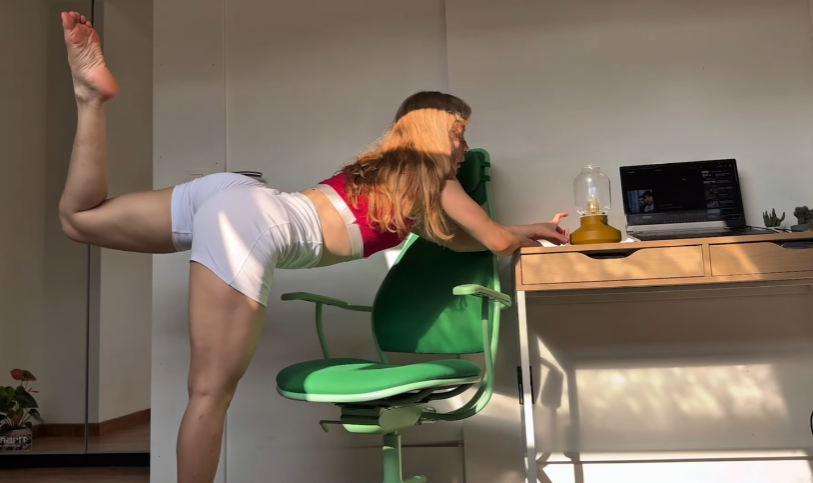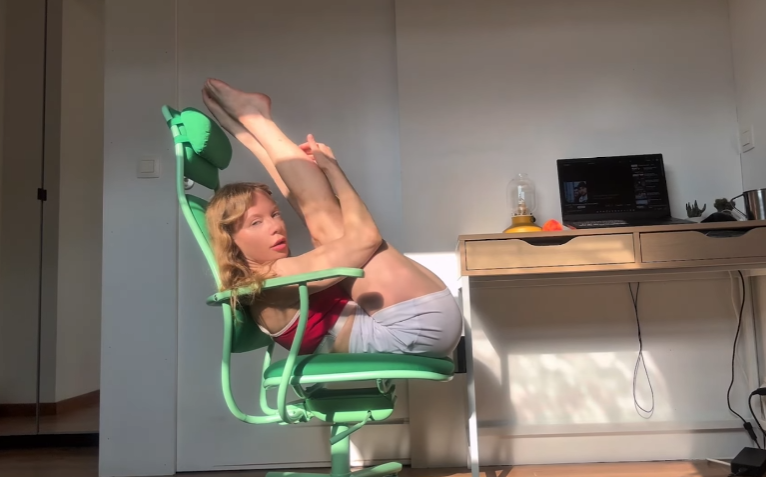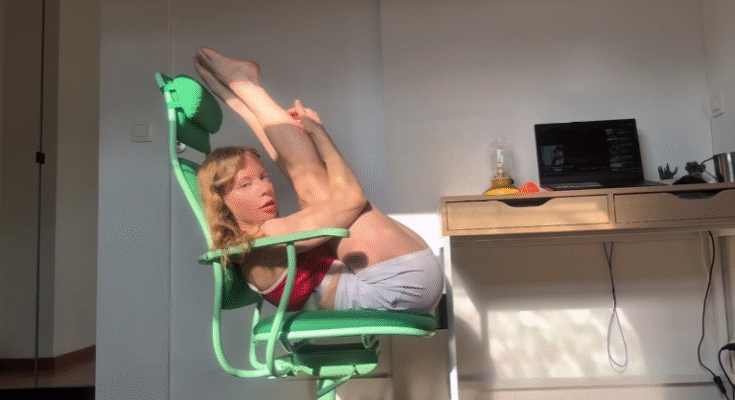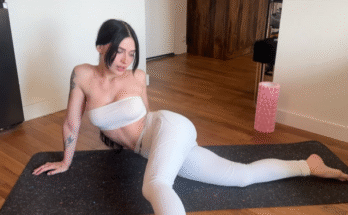
Yoga, gymnastics, and stretching are three powerful practices that, while distinct in origin and purpose, share a common goal: improving the body’s flexibility, strength, balance, and overall well-being. When combined, they create a well-rounded approach to fitness that benefits both the body and the mind. Each has its own unique history, philosophy, and method, but together they form a harmonious trio for physical health and mental clarity.
Yoga – Mind-Body Harmony
Yoga is an ancient practice that originated in India thousands of years ago. It combines physical postures (asanas), breathing techniques (pranayama), and meditation to promote mental calmness and physical health. Unlike many modern workouts, yoga emphasizes mindfulness, teaching practitioners to be aware of their bodies, their breath, and the present moment.
There are different styles of yoga, each with a unique focus:
- Hatha Yoga – A gentle introduction to the basics of yoga postures.
- Vinyasa Yoga – A flowing sequence of movements coordinated with breath.
- Ashtanga Yoga – A more intense, physically demanding series of poses.
- Yin Yoga – Slow-paced stretching held for longer periods to target deep connective tissues.
Yoga not only improves flexibility but also enhances balance, posture, and core strength. It’s also known for its mental benefits—reducing stress, increasing focus, and improving emotional regulation. For many people, yoga becomes more than just an exercise; it becomes a lifestyle.
Gymnastics – Strength, Agility, and Discipline
Gymnastics is a sport that demands a high level of strength, coordination, and control over the body. Unlike yoga, which is rooted in ancient philosophy, gymnastics is a modern athletic discipline often performed in competitive environments. It includes activities such as floor exercises, balance beam, parallel bars, vaulting, and rings.
Gymnastics builds explosive power and precision. Athletes train to execute complex movements like flips, twists, and handstands with exact control. This requires:
- Strength – especially in the core, arms, and legs.
- Flexibility – to achieve full range of motion and prevent injury.
- Balance and Coordination – to maintain stability during high-speed or inverted movements.
The discipline required in gymnastics is intense. Athletes train for years to perfect their techniques, often starting from a young age. However, elements of gymnastics—such as handstands, cartwheels, and flexibility drills—can be adapted for adults and beginners as part of a fitness routine.

Stretching – The Foundation of Movement
Stretching is perhaps the simplest yet most essential component of physical activity. It improves flexibility, increases blood flow to muscles, and helps prevent injury. Stretching can be divided into two main types:
- Static Stretching – Holding a stretch for 15–60 seconds to lengthen muscles and improve flexibility.
- Dynamic Stretching – Moving through a range of motion repeatedly to prepare muscles for activity.
In yoga, stretching is integrated naturally into the poses. In gymnastics, stretching is a crucial warm-up and cool-down element to maintain flexibility and prevent muscle tightness. Even for people who don’t practice yoga or gymnastics, stretching should be part of a daily routine—especially for those who sit for long hours or have stiff joints.
How They Complement Each Other
When practiced together, yoga, gymnastics, and stretching create a balanced physical training routine:
- Yoga + Gymnastics – Yoga enhances the flexibility and body awareness that gymnasts need, while gymnastics builds the strength and explosive power that can make certain yoga poses easier.
- Yoga + Stretching – Yoga is essentially a mindful form of stretching combined with breathwork, making static stretches more effective and relaxing.
- Gymnastics + Stretching – Gymnasts must have exceptional flexibility; regular stretching ensures their movements are fluid and reduces the risk of injury.
By blending all three, you can develop flexibility, strength, agility, and mental focus in one integrated program.

A Sample Weekly Routine Combining the Three
Monday – Yoga Flow & Stretch
- 30 minutes of gentle vinyasa yoga
- 10 minutes of static stretching for hips, hamstrings, and shoulders
Tuesday – Gymnastics Conditioning
- Handstand practice
- Core strength training
- Flexibility drills for splits and backbends
Wednesday – Active Recovery
- Yin yoga (slow, deep stretches)
- Breathing exercises for relaxation
Thursday – Gymnastics Skills + Stretching
- Cartwheels, bridges, and jump drills
- 15 minutes of dynamic stretching before, static stretching after
Friday – Power Yoga
- Strong vinyasa sequence focusing on arm balances
- Deep stretching for chest and spine
Saturday – Mixed Training
- 20 minutes of gymnastics basics
- 20 minutes of yoga poses
- 10 minutes of targeted flexibility work
Sunday – Rest or Gentle Stretch
- Light stretching or restorative yoga to aid recovery
Physical Benefits of Combining Yoga, Gymnastics, and Stretching
- Increased Flexibility – All three practices emphasize lengthening muscles and improving range of motion.
- Improved Strength – Yoga and gymnastics both build muscle, especially in the core and upper body.
- Better Posture – Stretching tight muscles and strengthening weak ones corrects alignment.
- Enhanced Balance and Coordination – Yoga’s stability work and gymnastics’ precise movements sharpen coordination.
- Injury Prevention – Stretching and mobility training prepare joints and muscles for movement.

Mental and Emotional Benefits
- Stress Relief – Yoga’s breathing techniques calm the nervous system, while stretching releases physical tension.
- Discipline and Focus – Gymnastics training requires concentration, goal-setting, and perseverance.
- Mind-Body Connection – Yoga especially emphasizes listening to the body, improving self-awareness.
- Confidence Boost – Mastering challenging poses or gymnastics skills can greatly increase self-esteem.
Tips for Beginners
- Start Slow – Don’t try advanced gymnastics skills or deep yoga poses immediately. Build gradually.
- Warm Up First – Always prepare muscles with light movement before stretching.
- Listen to Your Body – Pain is a signal to stop or modify the exercise.
- Mix it Up – Alternate between strength days, flexibility days, and recovery days.
- Stay Consistent – The benefits come from regular practice over time.
Conclusion
Yoga, gymnastics, and stretching are three paths toward a healthier, more capable body. Yoga brings peace and mindfulness, gymnastics develops strength and precision, and stretching ensures flexibility and mobility. Together, they form a balanced routine that enhances physical performance while nurturing mental well-being. Whether your goal is to touch your toes, master a handstand, or simply feel more energetic and less stiff, combining these three practices can lead to powerful and lasting results.
If you make them part of your lifestyle, you’ll not only move better—you’ll feel better, think clearer, and carry yourself with strength and grace in everything you do.



